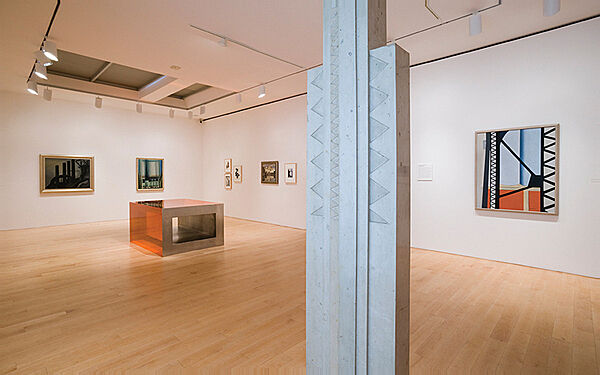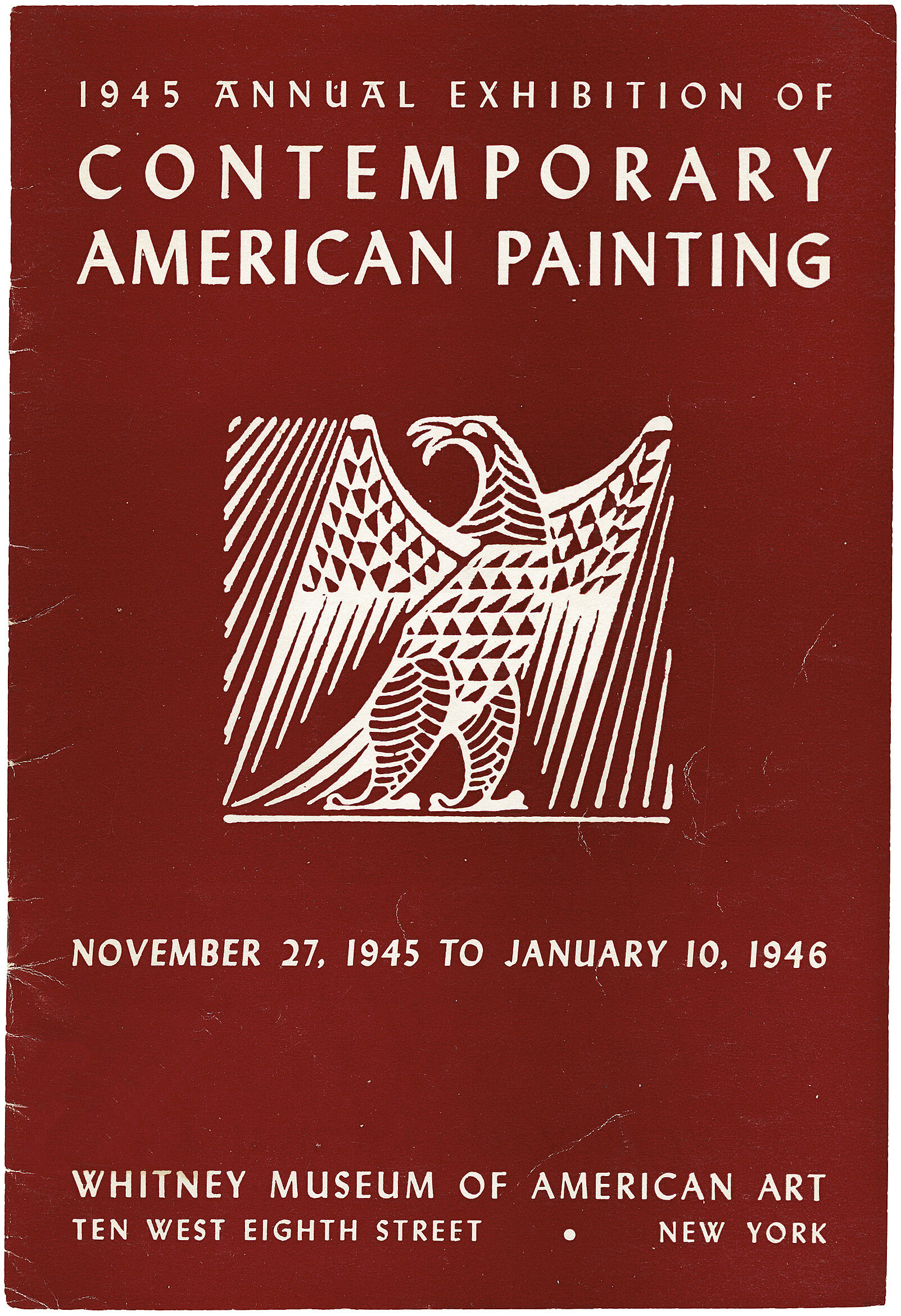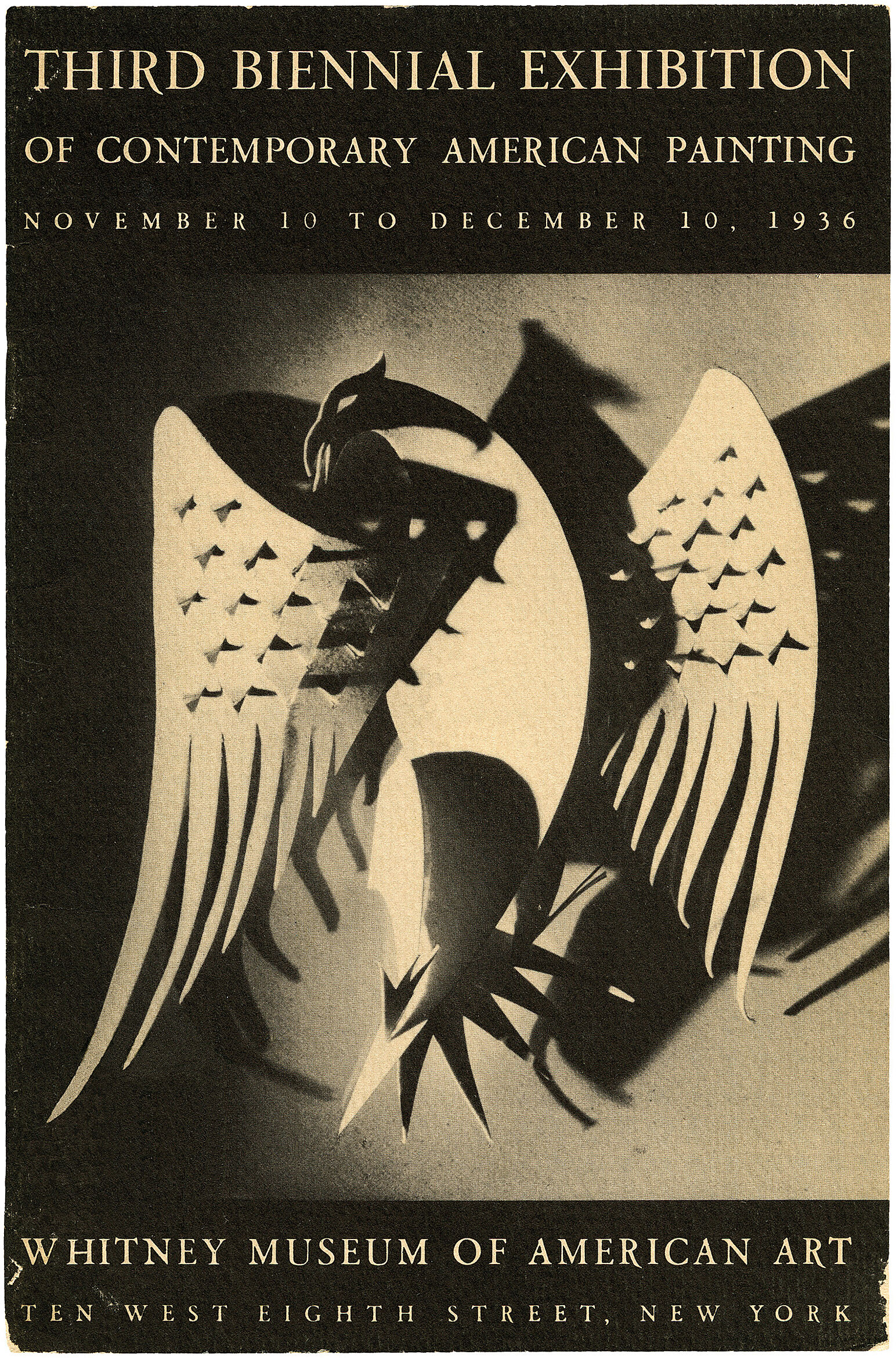Arthur Dove
1880–1946
In 1912 Arthur Dove exhibited a radical series of pastel drawings at Alfred Stieglitz’s pioneering 291 gallery in New York, making Dove the first American artist to publicly embrace modernist abstraction. Although he had begun his career as a commercial illustrator, an extended stay in Paris between 1907 and 1909 put the artist in touch with European avant-garde developments, including the work of Paul Cézanne, Henri Matisse, and Pablo Picasso. Seeking a nonrepresentational form for his painting, he expressed his desire “to make something that is real in itself, that does not remind anyone of any other thing, and that does not have to be explained—like the letter A for instance.”
In his works of this period, Dove announced the rhythmic and resolutely organic formal vocabulary that would occupy him throughout his career. The densely layered composition of Plant Forms recalls Cubist precedents, with its abstract pattern of overlapping straight and curvilinear forms. At the same time, Dove’s aesthetic language reflected his profound connection to the American landscape. His sensory responses to the natural world are conveyed through the subtle shading of the forms as well as the use of pastel, a medium Dove had turned to the previous year, applying it to canvas rather than paper to create luminous surfaces and an immediacy of color. Calling his technique “extraction,” Dove sought to distill the inner essence of his subjects rather than analyze their outward physical form. “I would rather look at nature than to try to imitate it,” he remarked.
Introduction
Arthur Garfield Dove (August 2, 1880 – November 23, 1946) was an American artist. An early American modernist, he is often considered the first American abstract painter. Dove used a wide range of media, sometimes in unconventional combinations, to produce his abstractions and his abstract landscapes. Me and the Moon from 1937 is a good example of an Arthur Dove abstract landscape and has been referred to as one of the culminating works of his career. Dove made a series of experimental collages in the 1920s. He also experimented with techniques, combining paints like hand mixed oil or tempera over a wax emulsion as exemplified in Dove's 1938 painting Tanks, in the collection of the Boston Museum of Fine Arts.
Wikidata identifier
Q709461
Information from Wikipedia, made available under the Creative Commons Attribution-ShareAlike License . Accessed December 23, 2025.
Introduction
Comment on works: Landscapes
Country of birth
United States
Roles
Artist, illustrator, painter, pastelist, photographer, sculptor
ULAN identifier
500018046
Names
Arthur Garfield Dove, Dove, Arthur Dove, Arthur G. Dove
Information from the Getty Research Institute's Union List of Artist Names ® (ULAN), made available under the ODC Attribution License. Accessed December 23, 2025.

















